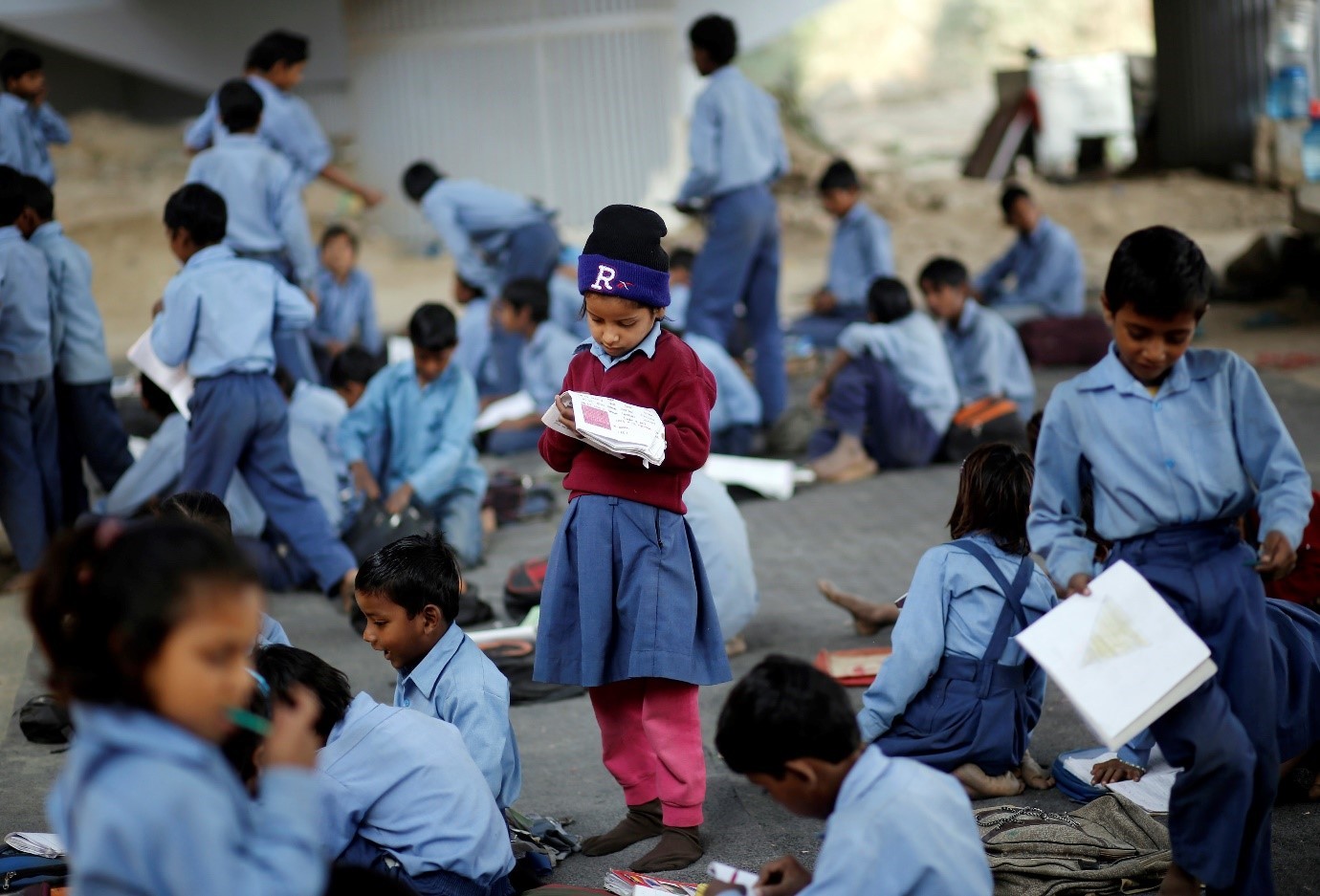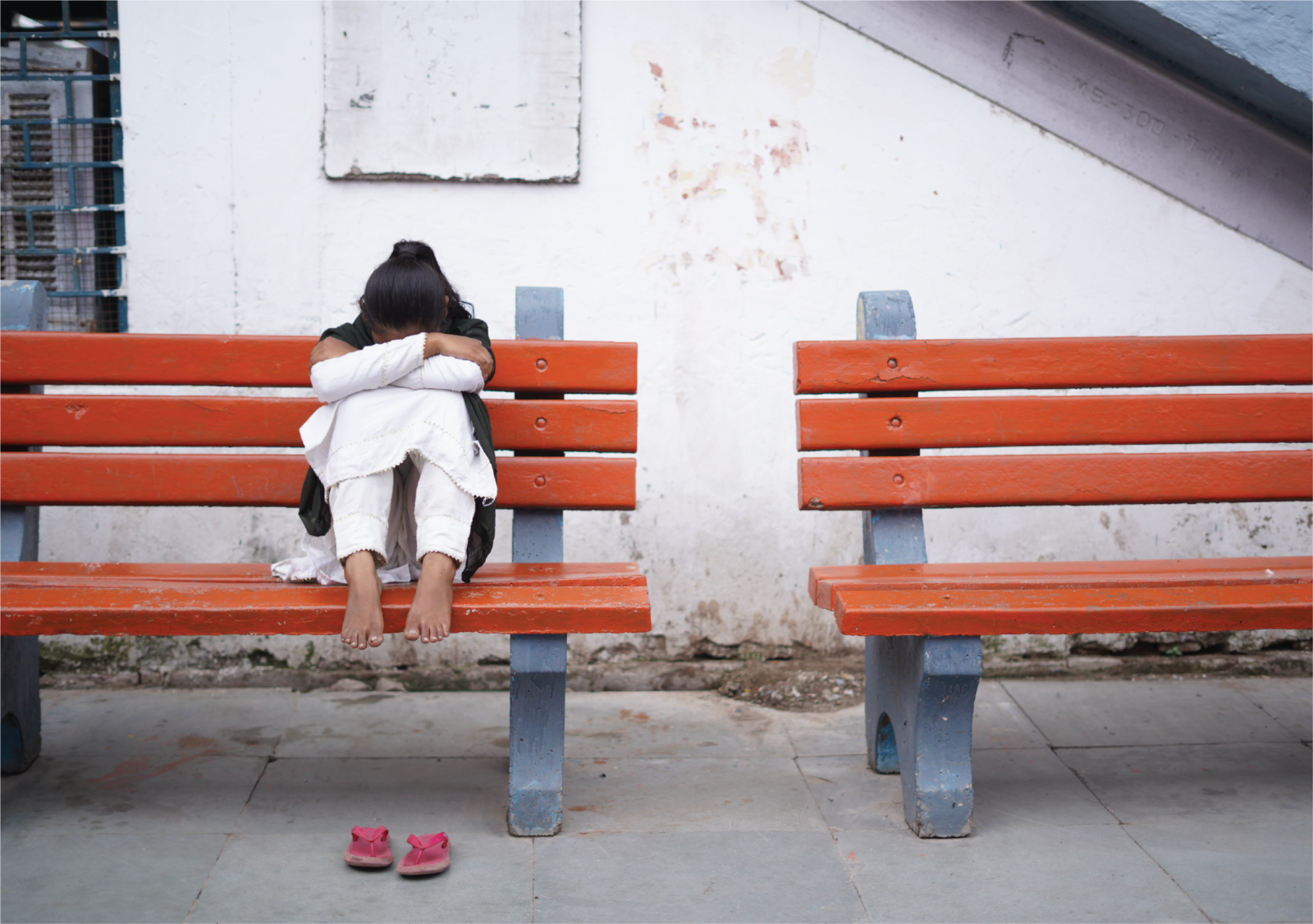Photo – Anindito Mukherjee / Reuters
Educate a girl, educate a nation.
Succinct, sound, and striking. This phrase packs in the sentiment of education for the girl child just right. Yet, the implementation of this profound phrase is far from simple.
While India vehemently promotes education for the girl child, deeply entrenched patriarchy, unsafe environment, the cycle of poverty and increasing crimes against girls all act as barriers in girls realising their potential and contributing as literate, educated and aware citizens of the country.
As a part of #GirlsMatter, we dive into the many facets that shape the lives of India’s girls, and trace their development along the years. Here we take a close look at the status of education for girls in India, once again.
Numbers and Reports Hint at Overall Improvement
As per the widely publicized report of the National Survey of India, the literacy rate of India has seen an improvement from 73% in 2011 to 77.7% in 2022. India also ranked highest globally in producing female graduates in STEM fields. Yet, when we take a look at the disparity between education for boys and girls, the difference is outstanding and startling.
But Adolescent, School-Going Girls Yearn More
The fifth round of National Family Health Survey revealed a glaring gap in literacy between men and women at 84 per cent and 72 per cent respectively. Furthermore, school attendance rates among the age group of 2-4 years saw a massive dip, with only 40 per cent of boys and girls in the aforementioned age group attending preschool.
Adding to the worry is UNICEF India’s latest report, which pointed out to an alarming rise in cases of dropouts among school going girls, with a dropout rate of 14.6% at the secondary level.
Generation-old Issues Continue to Haunt Development
A number of factors play their part in keeping India’s girl child out of school. The debilitating cycle of poverty, which has only gained undesirable traction since the pandemic, is a major cause.
The lure of financial opportunities in cities has driven many a girls away from their homes, few by choice, few by force. However, the resultant scenario has proven dangerous to their well-being, stripping them of their right to education and a dignified life at in all instances.
Taboo topics such as menstrual hygiene deter girls from venturing out of homes, compromising on their access to higher education. While access to sanitation has been on the agenda of policy makers, with widespread measures implemented, communities living in the remote regions of our lack access even today.
Newer Issues Demand Careful Consideration Too
If not sanitation, the digital divide comes in play across communities. The pandemic pushed India’s children indoors and thrust a digital device in their hands as a resource of learning. For those who could not access these devices and the internet, however, the pandemic was a massive blow that snatched their opportunity and extended their exile from education.
In communities that do have access to internet and the world beyond their homes, lack of sex education is playing a new villain. There are increasing incidences of teenage pregnancies, which have bene attributed to the advent of social media. Adolescent girls now have access to a whole new unhindered world, that offers a taste of freedom.
This could easily serve as yet another opportunity of asserting patriarchy, but this is when girls demand intervention from policy makers to promote open communication about sex education and protect their right to access information and learn.
Government Initiates Hyper-Focused Campaigns
These trends haven’t missed the eyes of policy makers. The Kanya Shiksha Pravesh Utsav is an exemplary campaign that aims to readmit adolescent girls between the age group of 11-14 years in schools.
Yet, Widespread Awareness and Measures Needed
In light of these numbers and the commendable measures taken, one must also shed a spotlight on the increasing discourse around education of the girl child and its effect on the economy. It was noted by Reserve Bank of India’s (RBI) deputy governor Dr. Michael Debabrata Patra that globally, India witnesses the lowest female workforce participation.
Sure, analysing this piece of information requires one to consider a plethora of factors affecting working women. Yet, the root of this issue can be traced to lack of education amongst girls, contributing to limited participation of women in the workforce, beyond the household. Inherent gender biases need gradual changing, for the education of India’s girls is not a liability; instead, an asset that could improve our economy.






